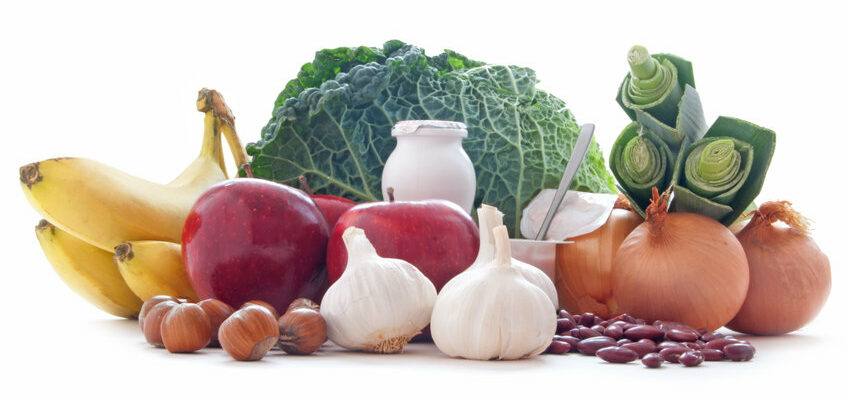
The food that we consume can affect our digestive system, and sometimes our digestive tract may need a little extra help bouncing back. You’ve likely heard that probiotics are the best thing you can consume for a healthy gut. While that is certainly part of the equation, prebiotics work hand in hand with probiotics, making them essential to the normal function of bacteria in the digestive tract. Nonetheless, the roles they play and how they work together are not commonly understood. So, let’s take a look at the difference between probiotics and prebiotics, as well as why both are necessary for your diet.
What are probiotics?
Probiotic foods, otherwise known as “active cultures” or “live cultures” are foods or supplements with bacteria in them. Some common probiotic bacteria¹ include:
- Lactobacillus
- Bifidobacterium
- Saccharomyces boulardii
These microorganisms are also found in the digestive tract. Probiotics can help improve digestion and reduce inflammation that occurs in the gut. Although dairy products and fermented food are usually associated with probiotics, other foods contain these microorganisms, such as:
- Aged cheeses (gouda, cheddar, mozzarella, etc.)
- Yogurt
- Kefir
- Traditional buttermilk
- Kimchi
- Kombucha
- Sauerkraut
- Pickles
- Miso
- Tempeh
- Sourdough bread
However, it is vital to bear in mind that not all fermented foods may include probiotics. This is because the processing which some foods undergo removes the active cultures, rendering them inactive². Fortunately, there are a variety of probiotic foods to choose from, which can make incorporating these helpful bacteria into your diet easy.
How do they relate to prebiotics?
Often, probiotics get all the credit for improving gut health; however, prebiotics are needed for these bacteria to do their work. In simple terms, prebiotics are specialized plant fibers that serve as the food that gut microbiota consume to stay strong. As bacteria feed on these nutrients, short-chain fatty acids are released into the blood³, feeding not only the gut but also other organs. A few common prebiotics are:
- Fructo-oligosaccharides (FOS)
- Galactooligosaccharides (GOS)
- Trans-galactooligosaccharides (TOS)
These naturally occur in foods like:
- Asparagus
- Sugar beets
- Garlic
- Chicory
- Onion
- Jerusalem artichoke
- Wheat
- Honey
- Banana
- Barley
- Tomato
- Rye
- Cow’s milk
- Peas
- Beans
- Seaweed
- Microalgae
In addition, these foods are rich in fiber, which has an array of health benefits for the body. All in all, what is good for gut microbiota, is also good for us!
Why you should consume both
Probiotics and prebiotics work together to improve gut health, although each of them comes with their own benefits. The health benefits of probiotics range from improving digestive health to minimizing gastrointestinal issues to boosting general health⁴. In addition, some common health benefits of prebiotics include supporting the growth of gut microbiota, improving calcium absorption, and managing how quickly the body absorbs carbohydrates. A helpful metaphor for probiotics is the army that protects and strengthens your digestive tract, while prebiotics are the food and sustenance they require. A strong and effective digestive system requires both for proper nutrient absorption, as well as immune support. Therefore, including both in your diet is far better than consuming more of one than the other.
References
- Call, Rachel. “The Best Probiotic Foods for a Healthful Diet.” Medical News Today, MediLexicon International, 11 Oct. 2018, www.medicalnewstoday.com/articles/323314.
- “How to Get More Probiotics.” Harvard Health, Harvard Medical School, 24 Aug. 2020, www.health.harvard.edu/staying-healthy/how-to-get-more-probiotics.
- Davani-Davari, Dorna, et al. “Prebiotics: Definition, Types, Sources, Mechanisms, and Clinical Applications.” Foods (Basel, Switzerland), MDPI, 9 Mar. 2019, www.ncbi.nlm.nih.gov/pmc/articles/PMC6463098/.
- Villines, Zawn. “Prebiotic vs. Probiotic: Differences, Benefits, and Foods.” Medical News Today, MediLexicon International, 29 Oct. 2018, www.medicalnewstoday.com/articles/323490.
Ashuni Pérez is a writer in the culinary, as well as health and wellness industries. With a background in teaching and digital media, she loves to learn and help others discover more about their food, where it comes from, and how best to prepare it. A foodie through and through, she is always searching for new recipes and the freshest ingredients.


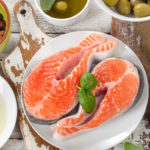

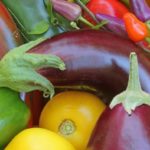

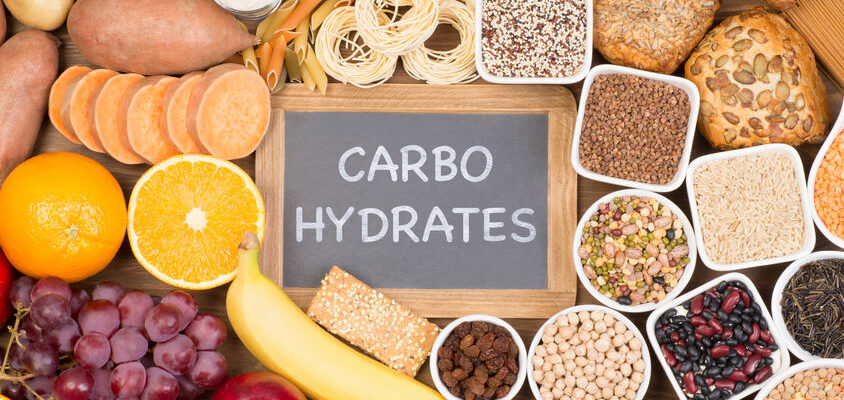

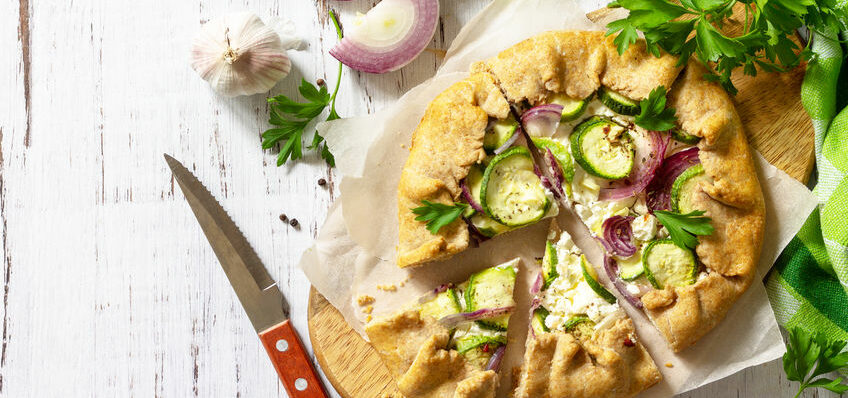
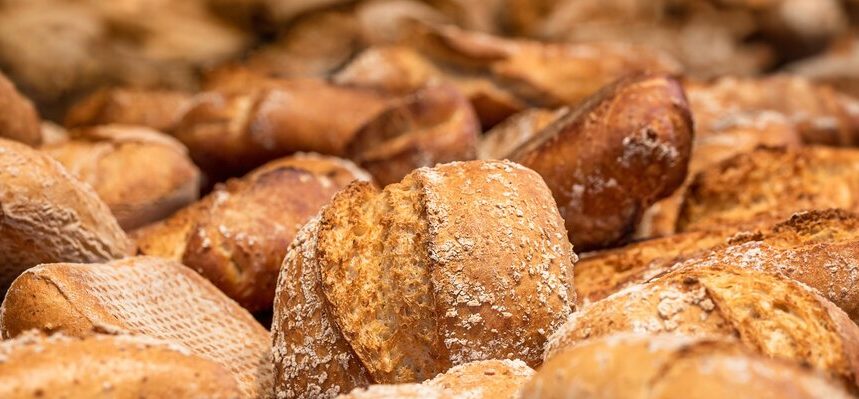

[…] that the bacteria in your gut also need food to feed on, which is prebiotics. So, be sure to add these fibrous foods to your […]